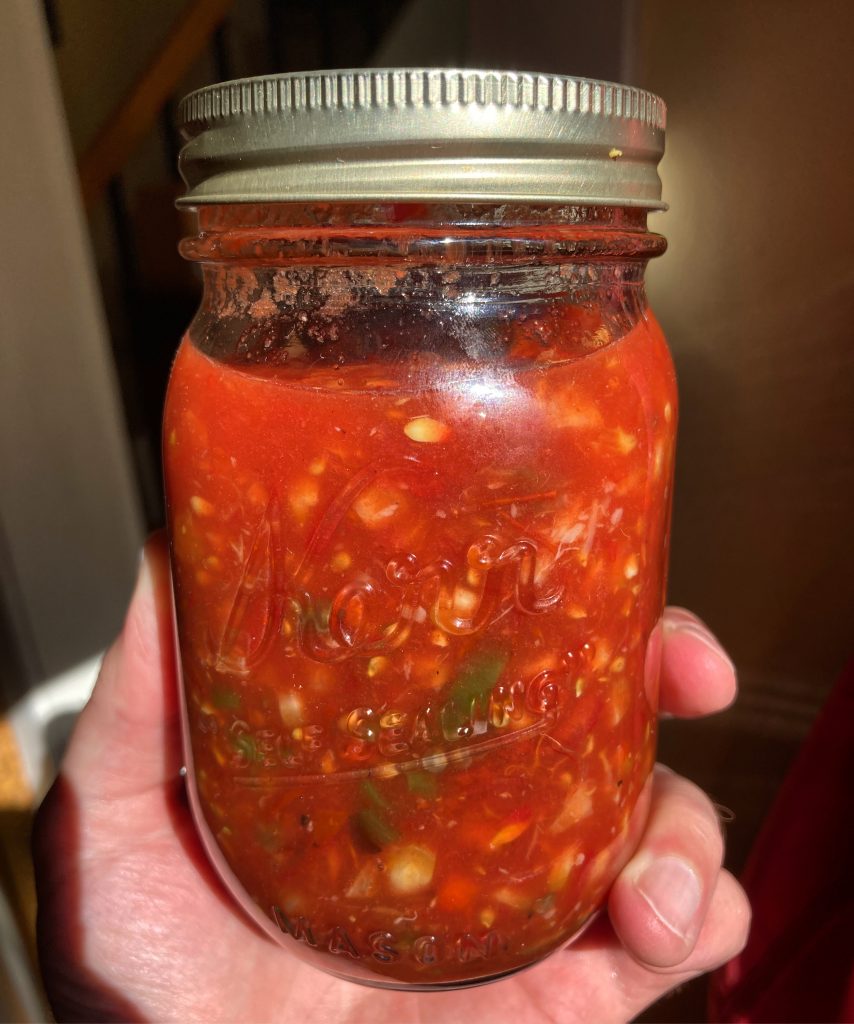 For the past couple of summers we’ve been members of a local CSA, and this summer we’re back to trying our hand at growing vegetables in pots in our backyard as well. (We’ve learned that we can basically grow herbs, cherry tomatoes and — especially — chili peppers. Oh so many chili peppers.)
For the past couple of summers we’ve been members of a local CSA, and this summer we’re back to trying our hand at growing vegetables in pots in our backyard as well. (We’ve learned that we can basically grow herbs, cherry tomatoes and — especially — chili peppers. Oh so many chili peppers.)
This week we got some corn on the cob and a bunch of tomatoes, plus a head of fresh garlic, from the CSA (amongst a bazillion other things… August is when the CSA boxes really start to get heavy). And our backyard banana peppers and jalapeños are nearing their peak as well. This morning I wanted to make myself a breakfast burrito, as I often do, but I got sidetracked turning all of the above into a roasted corn salsa. I was totally winging it, but the results turned out pretty tasty, so I decided I should write up the recipe. Here goes!
Ingredients
1 cob fresh sweet corn
8 small or 4 large tomatoes
3 fresh banana peppers
1 fresh jalapeño
2 cloves garlic
a few slices of onion
fresh cilantro (optional)
salt and pepper
vegetable oil
Preparation
- Preheat oven to 400ºF (convection if possible).
- Shuck and rinse the corn, leave on cob. Slice the tomatoes in half, and remove the hard stem area if needed. Leave the chili peppers and garlic whole.
- Rub the corn with some oil, then salt and pepper as desired.
- Place the corn, half of the tomato halves (cut side up), the chili peppers, garlic and onion on parchment paper on a baking sheet and place in oven.
- Check the progress every few minutes; rotate the corn and peppers as needed. Note that some things may take longer to roast than others. As each item appears to be “done” (starting to char), remove from the oven and place on a plate to cool. (I found the banana peppers were ready really fast; the corn took the longest.)
- Once cooled, cut off and discard the stems of the banana peppers and jalapeños. Peel the skin off if it is loose. (In my case, the jalapeño needed to be peeled but the banana peppers did not.) Slice each in half. Remove the seeds/pulp from the banana peppers, and from the jalapeños if you don’t want the salsa very spicy. (My jalapeño had already turned bright red and I left all of the seeds in — the salsa is very hot. At least by Minnesota Scandinavian standards.)
- Finely dice all of the chili peppers and place them in a mason jar or medium-sized bowl. (Be sure to wash your hands well after handling the jalapeños!)
- Finely chop the onion and add it to the jar.
- Without peeling, squeeze the roasted garlic bulbs into the jar. The insides should have a mashed potato-like consistency and come out fairly easily. Be sure none of the papery skin gets into the jar!
- Cut the corn off the cob and add to the jar.
- Place the roasted tomato halves, along with the remaining uncooked tomato halves, into a food processor and process just until broken up. Pour into the jar. (Depending on the size of your tomatoes, you may have too much, or possibly too little. For me, 8 small tomatoes was just perfect. If your jar isn’t mostly filled, purée another fresh tomato or two, as needed.)
- If you are using cilantro, wash and dry it, finely chop (removing tough stems), and add to the jar.
- Lid it, then shake vigorously to mix all ingredients. Taste and add more salt and pepper if desired. (I didn’t need to.)
This salsa tasted pretty good right away, but it will get better after it’s been in the fridge for a few hours. I should also note that I didn’t use cilantro, because we didn’t have any on hand. The salsa doesn’t really need it, but if you have it, I would use it.

 OK, I hope it’s not as pathetic as Navin Johnson, but UPS just delivered my new order of CDs from
OK, I hope it’s not as pathetic as Navin Johnson, but UPS just delivered my new order of CDs from 